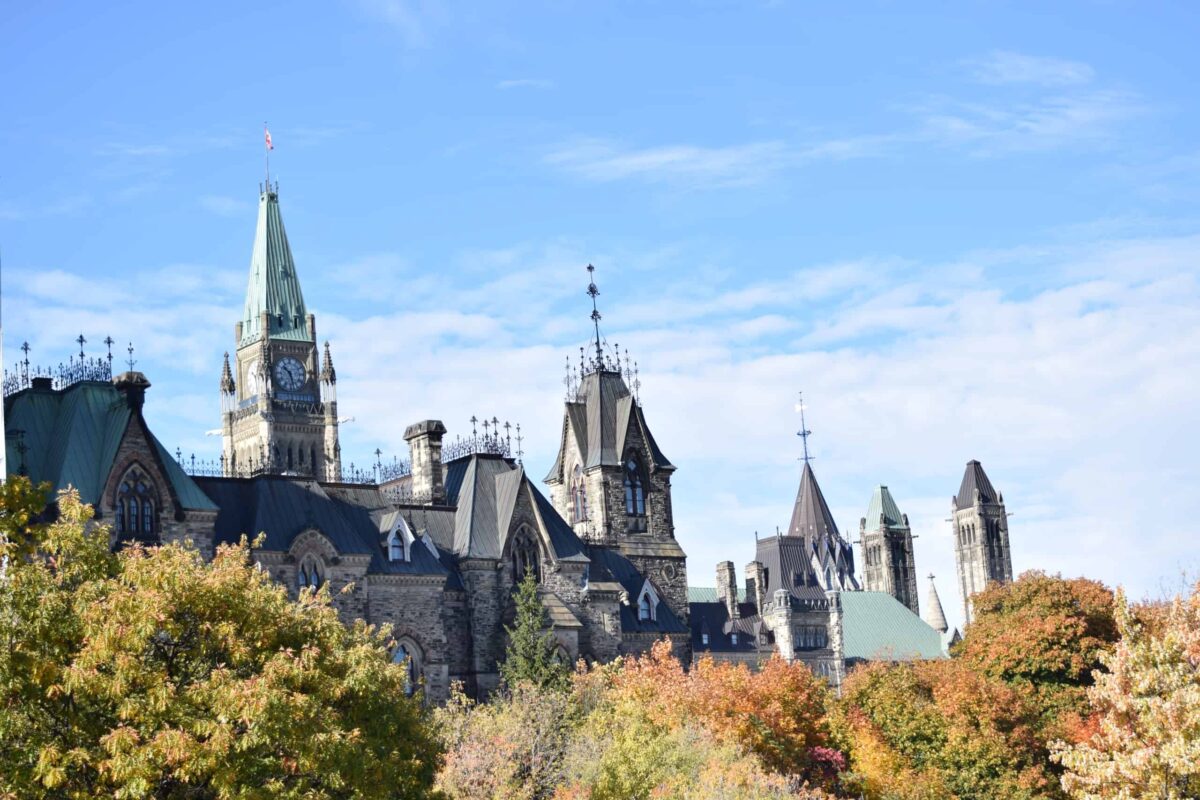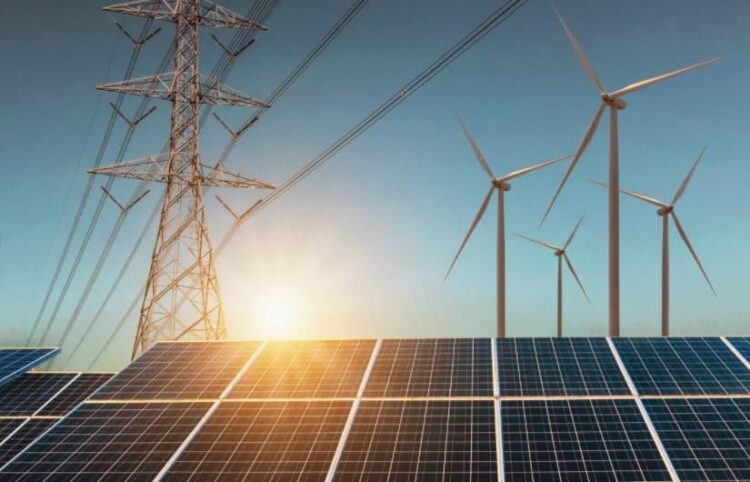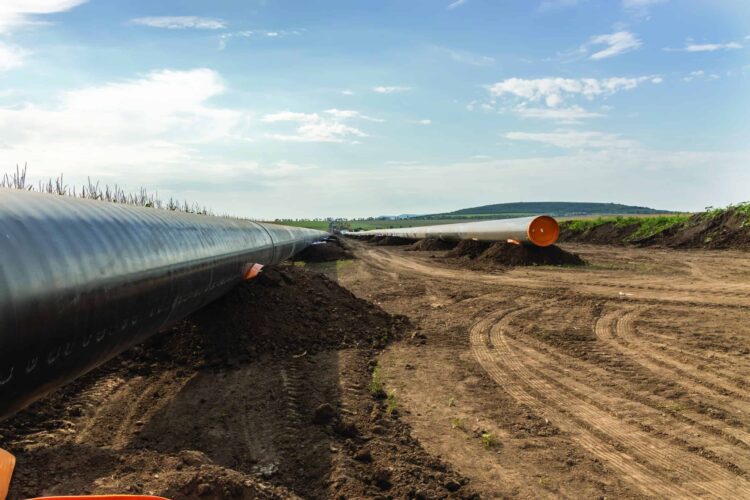Feds aim to boost investment in clean technology and electricity

Authors: Jodi Wildeman, K.C., Bennet Misskey
On March 28, 2023, the Finance Minister delivered the 2023 federal budget, which includes measures that aim to spur investment in clean electricity as Canada strives to meet its net zero targets.
The 2023 federal budget introduced a Clean Electricity Investment Tax Credit, which will cover up to 15% of the capital costs for eligible investments in clean electricity. The credit is designed to complement the Clean Technology Investment Tax Credit announced in last year’s fall economic statement.
The government also announced a Clean Technology Manufacturing Investment Tax covering up to 30% of investments in machinery and equipment related to clean technology, as well as enhancements to the Investment Tax Credit for Carbon Capture, Utilization, and Storage (CCUS) introduced in last year’s federal budget.
Many of the measures included in the 2023 federal budget are aimed at maintaining Canada’s competitiveness in the wake of the U.S. Inflation Reduction Act, a law passed last year that introduced sweeping incentives designed to attract billions of investment dollars to the American clean energy sector.
Eligible investments for clean electricity
The Clean Electricity Investment Tax Credit covers investments in:
- non-emitting electricity generation, including nuclear power – both small modular reactors (SMRs) and large-scale projects – as well as wind, solar, hydro, tidal and wave power
- abated natural gas-fired electricity generation (subject to an emissions-intensity threshold compatible with a net-zero grid by 2035)
- stationary electricity storage systems
- equipment for transporting electricity between provinces and territories
The Clean Electricity Investment Tax Credit is available to taxable and non-taxable entities, including Crown corporations, corporations owned by Indigenous communities and pension funds. It can be used for new projects and for refurbishing existing facilities. For projects that did not begin construction prior to March 28, 2023, the credit will become available on the date of the 2024 federal budget. The credit will be phased out by 2034.
To claim the maximum tax credit of 15%, you must meet certain labour requirements – otherwise the credit is reduced by 10 percentage points.
The Department of Finance will work with the provinces, territories and other stakeholders on a plan to implement the credit. The government will also consult on the best means, including possible tax incentives, for spurring investment in intra-provincial electricity transmission.
Expanded eligibility for clean technology investments
The Clean Electricity Investment Tax Credit is designed to complement the Clean Technology Investment Tax Credit, which was originally introduced in last year’s fall economic statement and became effective on March 28, 2023.
In the 2023 federal budget, the government announced that the Clean Technology Investment Tax Credit has been expanded to include investments in geothermal systems. The credit now covers:
- electricity generation systems, including small modular reactors (SMRs), solar photovoltaic, wind and water systems
- geothermal systems
- stationary electricity storage systems that do not use fossil fuels
- low-carbon heating equipment
- industrial zero-emission vehicles, as well as the related charging and fuelling stations
The Clean Technology Investment Tax Credit is available for property that is acquired or becomes available for use on or after March 28, 2023. The credit will be phased out by 2034.
Tax credits for clean technology manufacturing
The government also unveiled the Clean Technology Manufacturing Investment Tax Credit, which will cover 30% of investments in machinery and equipment used for:
- manufacturing renewable and nuclear energy equipment
- processing and recycling nuclear fuels and heavy water
- manufacturing grid-scale electrical energy storage equipment
The Clean Technology Manufacturing Investment Tax Credit also has a heavy focus on incentivizing investment in the electric vehicle space – see our other blog on this tax credit.
Enhancements to the CCUS tax credit
The federal government expanded the Investment Tax Credit for CCUS to cover investments in:
- dual-use heat and/or power equipment and water-use equipment
- geological storage of CO2 in British Columbia
Additionally, the CCUS tax credit will now require projects that store CO2 in concrete to have their storage process validated by a third party, and will include a recovery calculation for investments in refurbished property.
Canada Infrastructure Bank to provide at least $20 billion in funding
The federal budget announced that the Canada Infrastructure Bank (CIB) would serve as the primary financing tool to support clean electricity generation, transmission and storage projects. The CIB will invest at least $10 billion through its Clean Power priority area and at least $10 billion through its Green Infrastructure priority area in 2023 to help electrify Canada’s economy.
SMRs poised for takeoff
Both the Clean Technology and Clean Electricity Investment Tax Credits will encourage further investments in SMRs. Last month, the federal government launched the Enabling Small Modular Reactors Program, which will provide $29.6 million in funding over four years to eligible SMR research and development projects.
As we’ve discussed previously, Canada is poised to become a global leader in SMRs. With a new investment tax credit, government funding for SMR R&D and construction of Canada’s first SMR currently underway, there has never been a better time to invest in SMR technology.
The lawyers in the MLT Aikins Energy practice group have wide-ranging experience advising clients on clean energy projects, including nuclear power generation. If you have questions about the new tax credits announced in the 2023 federal budget or are interested in government funding for SMR research, contact us to learn how we can help.
Note: This article is of a general nature only and is not exhaustive of all possible legal rights or remedies. In addition, laws may change over time and should be interpreted only in the context of particular circumstances such that these materials are not intended to be relied upon or taken as legal advice or opinion. Readers should consult a legal professional for specific advice in any particular situation.



